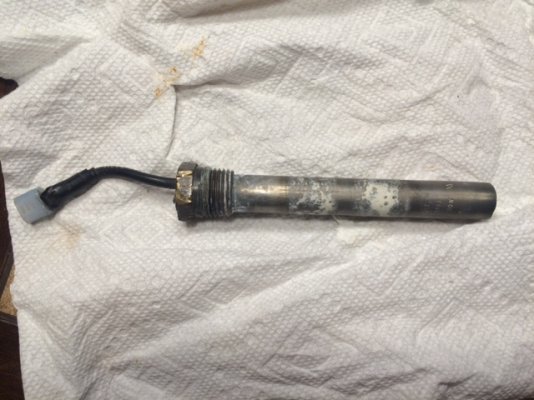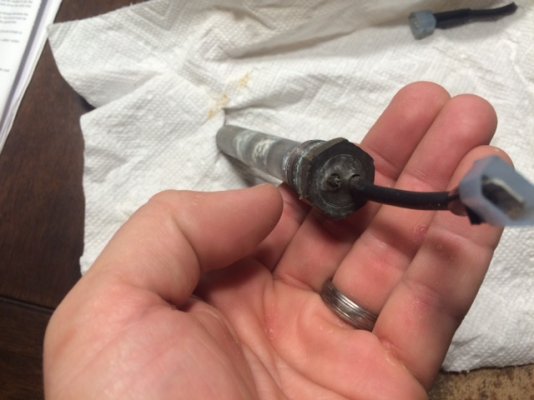Pitt38Pitt
New member
- Joined
- Mar 8, 2016
- Posts
- 3
Hi all,
I'm new to the site. I'm looking forward to getting some good feedback from you all. I have a 6 gallon Gas Atwood Water Heater. I am looking to replace my anode rod. I am not having any luck finding a similar one to the one that I had. It has 2 wires attached to the end of it. Well, it had 2, but one became disattached, which is the reason I am looking to replace it. Does anyone know where I can find one like this? Or is it necessary to get one with the wiring? Would it still work on gas without it or is this needed for the heater to become ignited? There is also nothing about it in my manual. It just shows a typical drain plug. It is on a 1989 Winnebago Chieftain. Thank you for any input. I look forward to talking to you experts.
Thanks,
Matt
I'm new to the site. I'm looking forward to getting some good feedback from you all. I have a 6 gallon Gas Atwood Water Heater. I am looking to replace my anode rod. I am not having any luck finding a similar one to the one that I had. It has 2 wires attached to the end of it. Well, it had 2, but one became disattached, which is the reason I am looking to replace it. Does anyone know where I can find one like this? Or is it necessary to get one with the wiring? Would it still work on gas without it or is this needed for the heater to become ignited? There is also nothing about it in my manual. It just shows a typical drain plug. It is on a 1989 Winnebago Chieftain. Thank you for any input. I look forward to talking to you experts.
Thanks,
Matt


